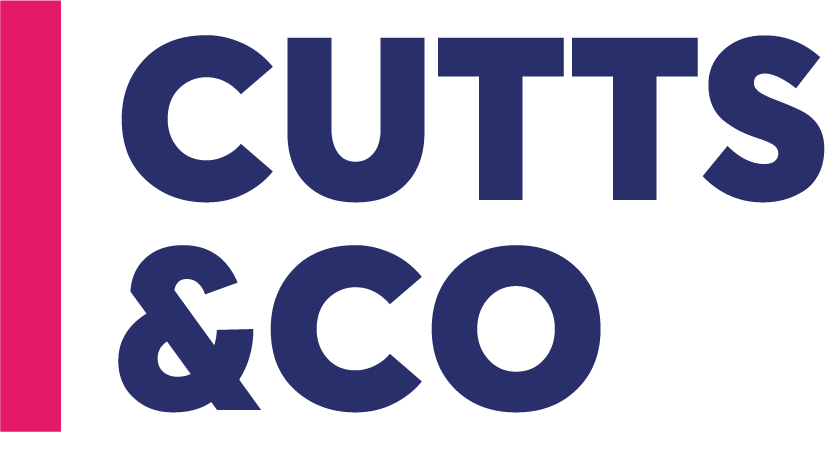The Pitfalls of High Yields and Dipping Share Prices
A Cautionary Tale for Investors
When it comes to investing, the allure of high dividend yields can be tempting, especially in times of economic uncertainty. However, it is crucial for investors to approach such opportunities with a critical eye, as high yields coupled with a dipping share price often serve as a red flag.
The Dividend Yield Conundrum
A high dividend yield can arise from two primary factors: either the company is paying out a substantial dividend or the share price has plummeted. While the former might seem appealing, the latter is often a sign of underlying issues. According to Morningstar analysts, a dividend yield of 5 to 6 percent is generally considered a healthy upper limit. Yields above this range significantly increase the risk, particularly during economic downturns or periods of rising interest rates.
Economic Downturns and Share Price Volatility
During economic slowdowns, companies often see their turnovers and profits decline, leading to a drop in share prices. This scenario can artificially inflate the dividend yield, making it seem more attractive than it actually is. For instance, the telecom sector, banks, and even oil giants like Shell have faced such challenges in the past. Shell’s decision to cut its dividend in 2020 was a stark reminder that even seemingly stable dividend-paying companies can be vulnerable to economic pressures.
The Payout Ratio Dilemma
Another critical aspect to consider is the payout ratio, which represents the portion of earnings per share distributed to shareholders. A high payout ratio might indicate that a company lacks sufficient opportunities to invest its earnings, leading it to distribute excess cash to shareholders. While this may provide short-term benefits, it can hinder the company’s future growth by reducing the capital available for investment. In some cases, companies may even resort to external financing to maintain their dividend payments, which can burden their balance sheets and lines of credit.
Dividend Growth and Stability
For long-term dividend investors, the prospect of dividend growth is just as important as the current dividend yield. Companies known as Dividend Aristocrats, such as Coca-Cola, Procter and Gamble, and PPG Industries, have a track record of increasing their dividends annually, regardless of economic conditions. These companies, typically in defensive sectors like utilities and consumer defensives, are less sensitive to economic cycles and have strong market positions and solid balance sheets that support consistent dividend payments.
Market Volatility and Risk Profile
The risk profile of a stock can significantly change as its share price drops. Research by the CFA Institute reveals that when a stock’s price falls below certain thresholds, such as one or five dollars per share, its beta and total volatility increase substantially. This means that the stock becomes more sensitive to market movements, indicating a higher risk for investors. For example, stocks that dip below the one dollar threshold see their beta increase from 0.93 to 1.57, a statistically significant shift in risk profile.
High Yield Markets and Economic Vulnerability
The high yield market, which includes bonds with lower credit ratings, is particularly vulnerable to economic downturns. The COVID-19 pandemic and subsequent economic disruptions have highlighted the risks in this market. High yield spreads have widened significantly, and the risk of downgrades and defaults has increased, especially in sectors like consumer cyclicals and energy. While high yield markets can offer attractive returns during periods of recovery, the current risk landscape demands cautious consideration.
Conclusion
In conclusion, while high dividend yields may seem enticing, they often come with significant risks, especially when accompanied by a dipping share price. Investors should be wary of companies with artificially inflated dividend yields due to declining share prices and high payout ratios. Instead, they should focus on companies with a proven track record of dividend growth and stability, such as the Dividend Aristocrats. By understanding the underlying factors driving dividend yields and being aware of the increased risk associated with market volatility, investors can make more informed decisions and protect their portfolios from potential pitfalls.
At Cutts and Co Accountancy, we advise our clients to approach high yield investments with a balanced perspective, considering both the potential rewards and the inherent risks. By doing so, investors can ensure that their investment strategies align with their risk appetite and long-term financial goals.



